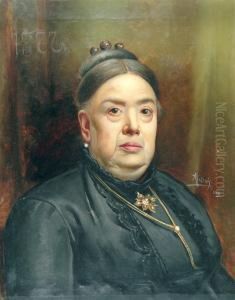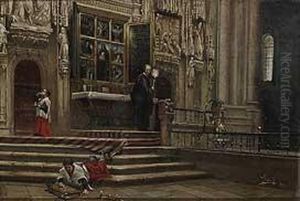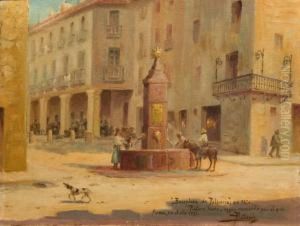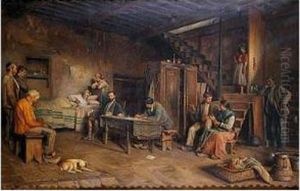Asterio Mananos Paintings
Asterio Mananos was a notable Filipino painter, born in 1880 in the Philippines. His life and career spanned a period of significant transformation in the Philippines, from Spanish colonial rule through the American colonial era, and into the early stages of the country's journey towards independence. Mananos is particularly remembered for his contributions to the development of Philippine art, especially during a time when the country was searching for its national identity through various forms of artistic expression.
Mananos was educated in the fine arts at the Liceo de Manila, where he honed his skills in painting. His artistic talents were recognized early in his career, earning him accolades and the opportunity to further his studies. Despite the limited resources and challenging circumstances that artists in the Philippines faced during his time, Mananos pursued his passion for art with fervor, experimenting with various styles and subjects.
Throughout his career, Mananos's work was heavily influenced by Philippine culture and the socio-political changes occurring in the country. He was adept at using his art to capture the essence of Filipino life, blending Western techniques with local themes. This approach not only showcased his technical prowess but also highlighted his commitment to depicting the realities and beauties of Philippine society.
Mananos's contributions to Philippine art were not confined to his paintings alone. He was also involved in the education of future artists, sharing his knowledge and skills with young talents. His dedication to art and education helped pave the way for future generations of Filipino artists, making him a significant figure in the Philippine art scene.
Asterio Mananos passed away in 1942, leaving behind a legacy that continues to inspire. His works remain an important part of the Philippines' cultural heritage, celebrated for their artistic merit and historical significance. Through his paintings, Mananos provided a window into the soul of the Philippines during a pivotal period in its history, making him a cherished national artist whose contributions continue to be honored and remembered.



